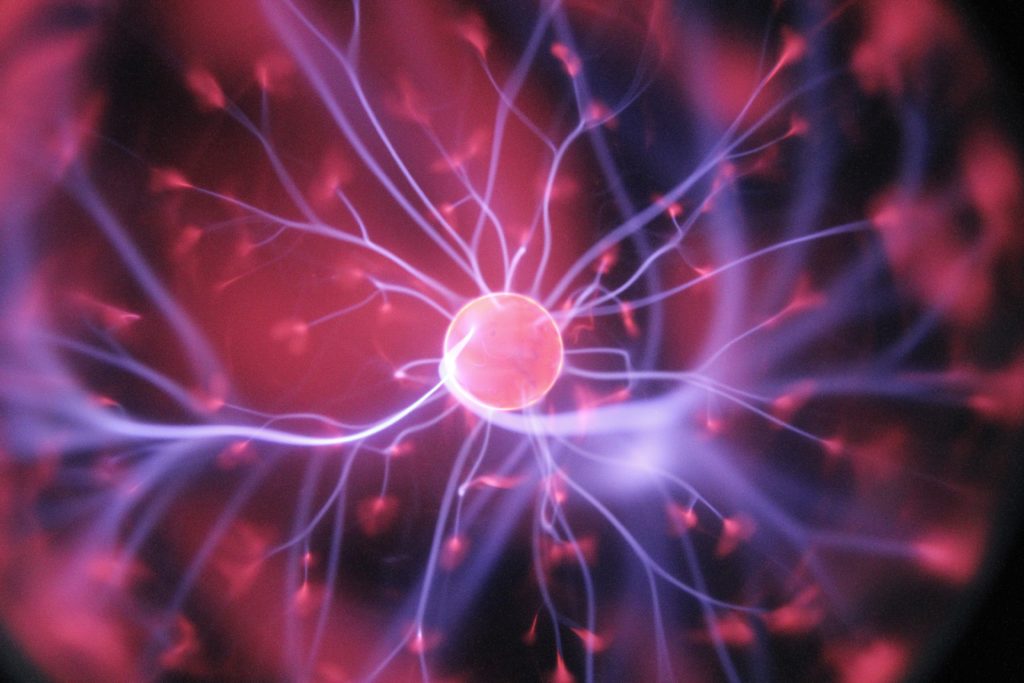This is a good time for feminists working on violence against women to engage with the neurosciences. My own research explores ideas about sexual assault as trauma (PTSD or complex trauma) in Australian feminist sexual assault services, including the implementation of ‘trauma informed care’ policies and practices. I use the neuroscience of trauma to refer to the ways in which psychological trauma registers in bodily processes, for example through changes in the central nervous and hormonal systems. Attention is paid to the ways in which traumatic experiences are often recalled in sensory (as images, feelings, sensations) rather than in narrative form.
I am interested in engaging with the ways that practitioners’ deployment of a neurobiological understanding of trauma has helped make ‘the body’ visible in work on sexual violence and how such practices may be usefully incorporated into feminist theoretical work.

Of course, trauma is not a new concept to feminism; however, the uptake of trauma as part of a formalised psychiatric nomenclature is contentious among feminists working against sexual violence. Within feminist scholarship, the increasing dominance of the trauma model and associated diagnostic categories are often seen as symptoms of a decline in feminist politics or as evidence of the ‘medicalisation’ of sexual assault. And the concern is that this deprives victims of agency and effectively reduces a social and political issue to a problem of individual mental health.
Yet feminism continues to hold an authoritative and influential position in Australian sexual assault service provision. Indeed, the practitioners I interviewed had been well ‘schooled’ in feminism. Many had initially encountered feminist ideas through their university studies, while others, typically those with long work histories in the sector, learnt about feminism ‘on the job’. There was, however, a degree of dissatisfaction with the overriding focus on broadly-based social and political change in most feminist theoretical or academic work on sexual violence.
It was not that such analysis had been rejected. Nor did this frustration mean that they did not think that significant social change was urgently required. Rather, it was that the ‘public health’ model had proved inadequate in assisting them with some of the day-to-day realities they encounter in their work. These realities include assisting people distressed by flashbacks, by the disorientating effects of dissociation, or who are plagued by intrusive memories of their abuse. An understanding of the neuroscience of trauma could be actively employed by feminist practitioners to enable clients to regain a sense of control that can be lost following a sexually victimising experience. As one practitioner told me, “I think, with this neurobiology stuff, it does recognise that there is some real harm that has happened to someone, to their bodies, to their beings. It is something that has to be healed in a way and that’s very possible but it still doesn’t leave the person without any control. And being acted on”.
This is important because it enables practices that will assist victims, survivors, and the sexual assault services to deal with very concrete and embodied problems. It is also important because it brings the material, biological body into feminist work on sexual violence.
*Opinions expressed by guest bloggers are their own and don’t necessarily represent the views of the SHaME Research Hub.